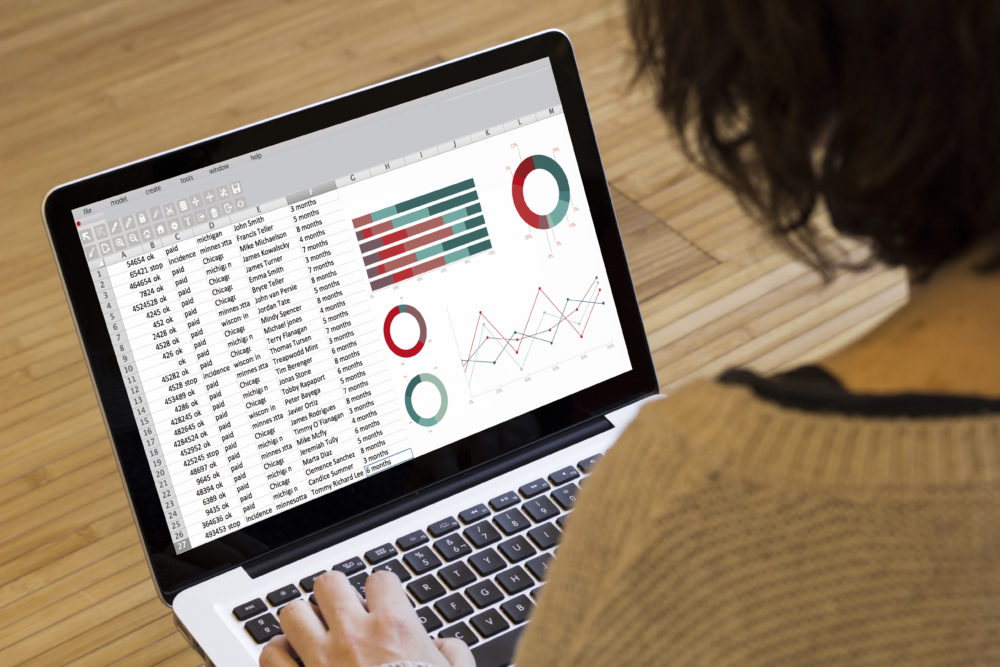We are now less than a year away from the start of Making Tax Digital (MTD).
Margaret Laidlaw, partner at Mazars, provides an overview of what MTD is and what you need to do before it’s introduced.
What should I expect?
The first raft of affected businesses will be those with a turnover above the VAT threshold (currently £85,000). They will have to keep digital records in relation to their VAT compliance, with a mandatory start date of April 2019.
A busy owner will no longer be able to log in and type in their VAT figures onto HMRC’s website – which is currently what 71 per cent of businesses do. Instead, they must move to electronic uploads from their accounting software package to HMRC’s system.
“Businesses will have to rely on software solutions that are currently on the market”
It’s important to be aware that HMRC will not be developing their own in-house software for this, so businesses will have to rely on software solutions that are currently on the market.
So, what can businesses add to their to-do list in the meantime?
- Know your dates
- Review your software – is it HMRC ready?
- Review your processes – are you ready for quarterly reporting?
- Ensure you meet deadlines to avoid the penalties that will be automatically applied regardless of the situation
Initial costs
There is no doubt that businesses will face additional one-off costs. These could include outlays on new or upgrades to existing hardware and software; time spent on setting up new software or reviewing existing software processes; additional professional costs to facilitate the move to MTD; and downtime on training staff and familiarisation.
Nevertheless, let’s turn to the positives that businesses can take from embracing the technological advances we have seen come into play in the last few years.
With ‘on the go’ cloud accounting, there are no hidden surprises. This is especially true for those who are snap happy and make use of apps with optical character recognition (OCR) technology to take photos of their receipts, which feed into their accounting solution.
Now, businesses have access to real time information through seamless integration bank feeds that will help them keep a close eye on their weekly/monthly expenditure, for example.
We are witnessing a movement away from the traditional spreadsheet with complicated ‘what if’ scenarios. Data analytics, artificial intelligence and machine learning are making businesses and their advisers more efficient, so advisers themselves can step away from routine compliance tasks and focus on value added services.
Prediction tools are helping businesses to be well-informed about their future corporation tax liability, allowing better cash flow management. By having benchmarking tools, anomalies can be identified in tax returns and corrective action taken prior to submission.
Now a couple of questions remain: will we see a decline in the number of tax investigations in the future? Will HMRC become more sophisticated, having more information than ever before and access to public and private sources (including social media)?
Mark Carter is director and co-founder of Bionature UK, a liquid fertiliser supplier. He is ready for Making Tax Digital, but other business owners he knows are more reluctant.

Thanks to the work of our IT and accounts man, Jules, we’re all set for Making Tax Digital and we’re fully compliant already, but I know that’s not the case for everyone.
In agriculture, lots of farm owners and rural businesses struggle due to poor internet connectivity in rural areas and some operate as very traditional businesses.
I know people in the sector who still prefer to do almost everything offline; they pay by cheque, they don’t use internet banking and they almost certainly do their bookkeeping by hand.
“I don’t know what those businesses will do when April 2019 comes around”
In a small number of cases, that’s because they’re very traditional family businesses that have been operating for generations and they don’t have the confidence, knowledge or the intention of investing in IT which isn’t a key part of their business. In most cases though, embracing the digital revolution isn’t an option.
Potential struggles
Internet speeds in rural areas are a long way behind those of the rest of the country. Ofcom estimates that there are still 925,000 properties in the UK that struggle to get just 10 mbit/s, and most of those are rural areas.
Frankly, I don’t know what those businesses will do when April comes around and every business over the VAT threshold has to keep their books digitally for VAT purposes. I’m glad that the village in rural Lincolnshire where we’re based is one of the lucky ones where connectivity isn’t an issue.
For the last couple of years, we’ve been using software which integrates with HMRC. They’re both really good platforms and we shouldn’t have any problems at all when it comes to Making Tax Digital. The whole process has been straightforward and the platforms actually make life easier for our team and save time.
Agriculture is as high tech as any industry; there are lots of farms which fully embrace the latest technologies, but there are some farms and rural business that will have their work cut out between now and April.
See also: Five steps for small businesses Making Tax Digital




